Diverging Diamond Interchange at US-64 and US-169
Garver and ODOT partnered to deliver Oklahoma’s second DDI, a retrofit of an existing diamond interchange in Tulsa, to increase safety and improve traffic flow.
Garver partnered with the Oklahoma Department of Transportation (ODOT) to retrofit an existing diamond interchange in Tulsa - the US-64 (Memorial Drive) and US-169 (Creek Turnpike) interchange - to a diverging diamond interchange (DDI) configuration.
The interchange is heavily traveled, with nearly 50,000 cars a day passing over Memorial Drive and under the US-169 bridge. Before construction of the new interchange, an average of 134 crashes occurred at this juncture every year.
This higher-than-average collision rate was due to deficiencies in the interchange. Due to population growth and development, increasing traffic congestion was also an issue. With the DDI retrofit, ODOT sought to increase safety for travelers and pedestrians and to improve traffic flow. With Garver as their partner in design and construction, the resulting project achieved those goals.
Garver provided comprehensive services from preliminary engineering and public involvement to final construction, including preliminary alternative analysis and impact assessment; public involvement outreach; roadway, retaining wall, and drainage design; GIS; VISSIM traffic modeling; traffic design and construction; sequencing; and environmental impact assessment and documentation.
The team successfully navigated the complexities of designing within a constrained site: they designed the retrofit interchange without closing ramps or acquiring any additional right of way. They also ensured that traffic could continue on the existing roadway during construction: all ramps remained open, as well as two lanes going each direction on Memorial Drive.
Already on a fast-track schedule, Garver delivered the completed project two months faster than anticipated. By eliminating left turns across traffic and reducing speed through the interchange, a 14% reduction in overall collisions and 44% reduction in injuries and fatalities is expected, significantly improving safety for the traveling public.
The retrofit included a unique pedestrian crossing designed for walkers, runners, and cyclists; each group has their own signal crossing phase between two central refuge islands, effectively reducing crossing distance and time. And geometric improvements and signal timing upgrades are expected to improve travel times, reducing delays during peak morning and afternoon periods by 20-25%.
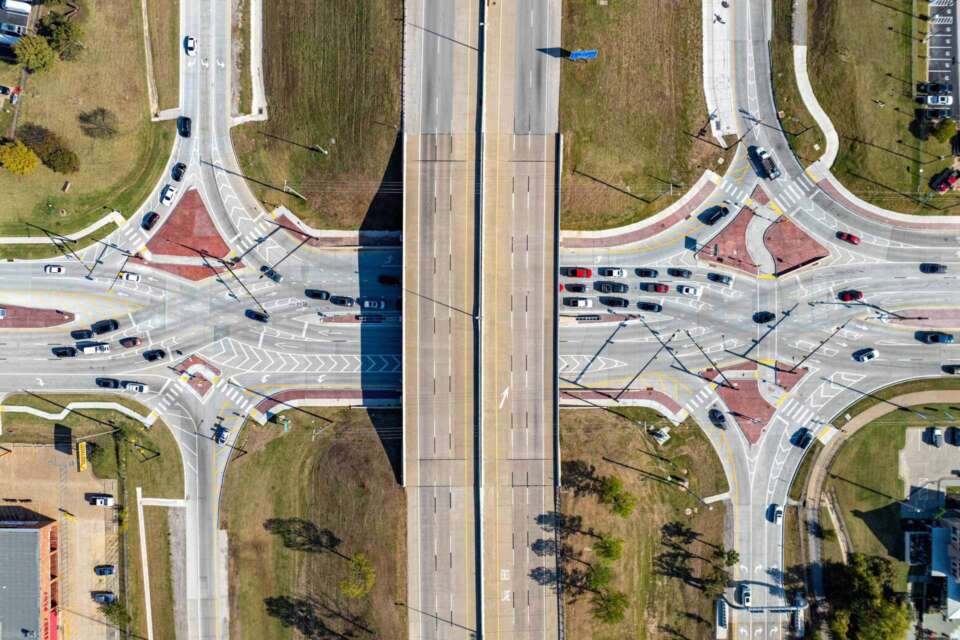
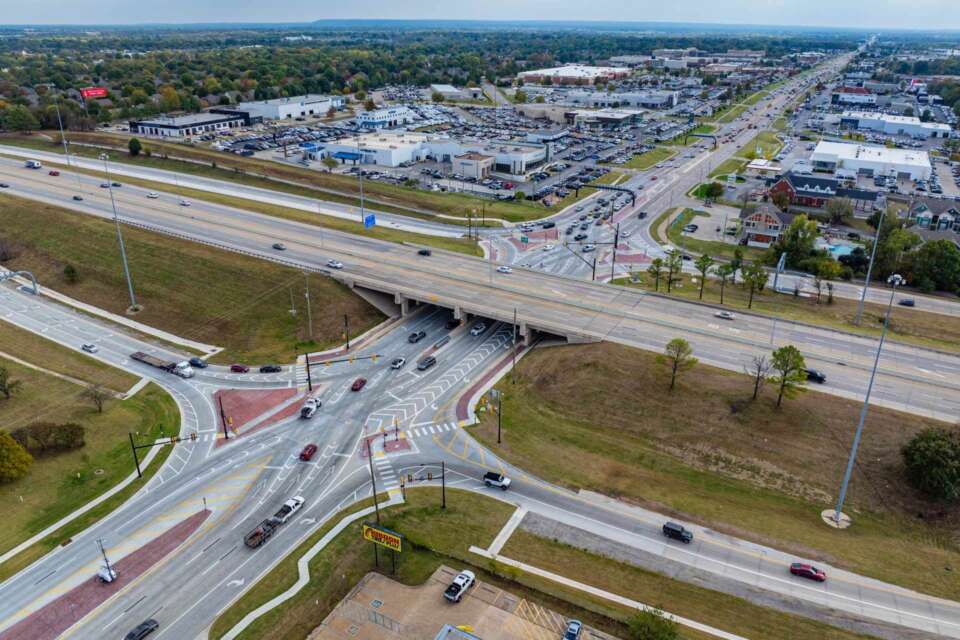
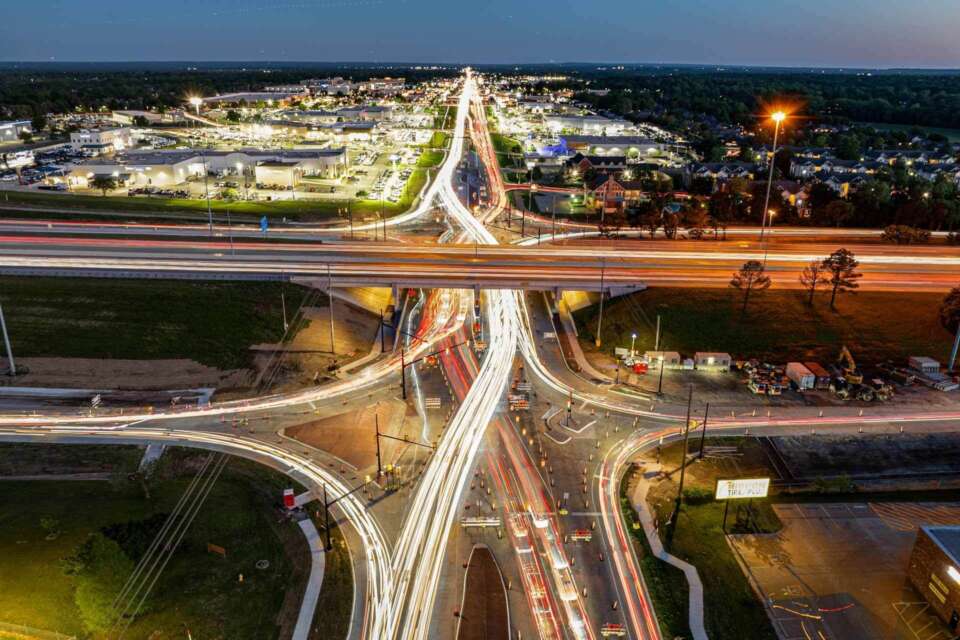
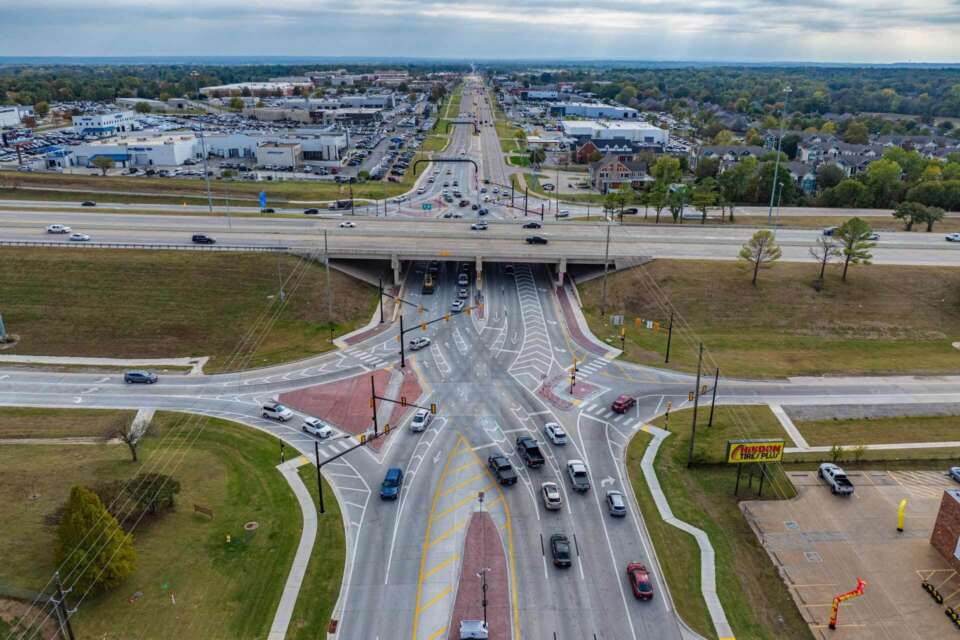
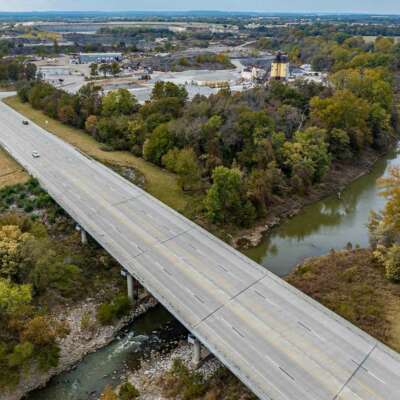
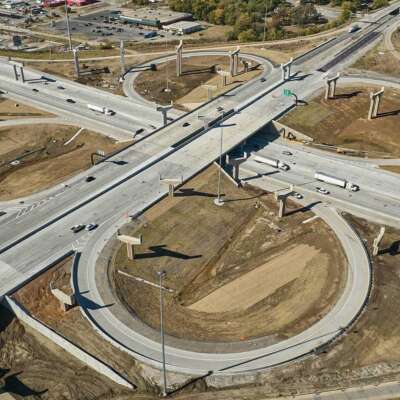
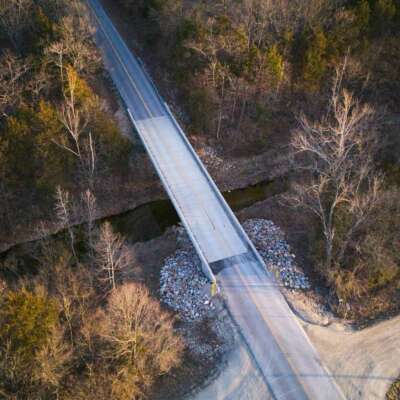
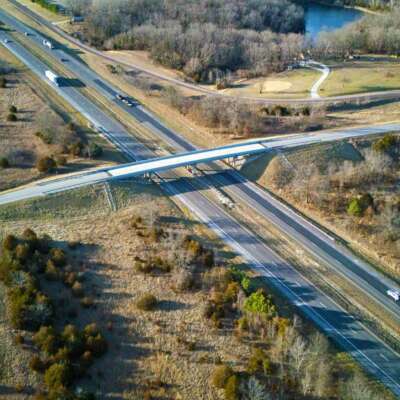



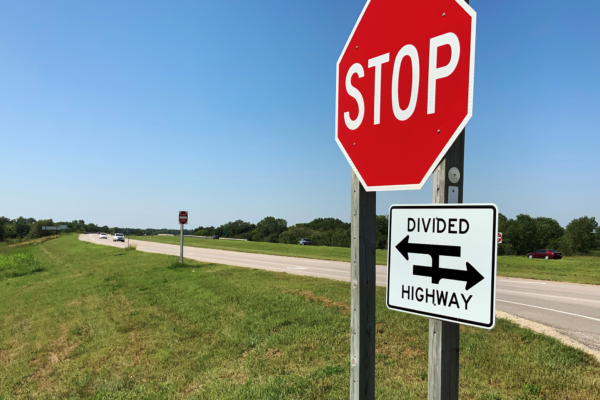

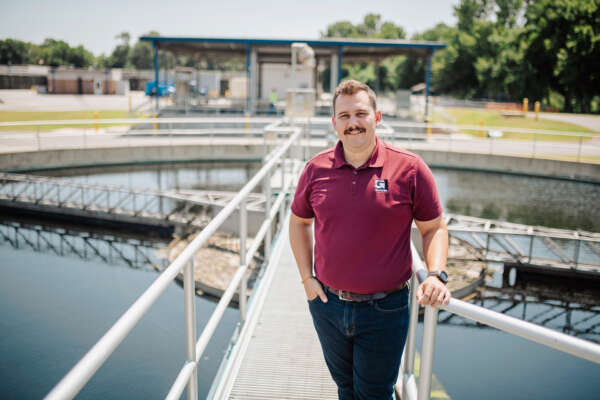



Share this article